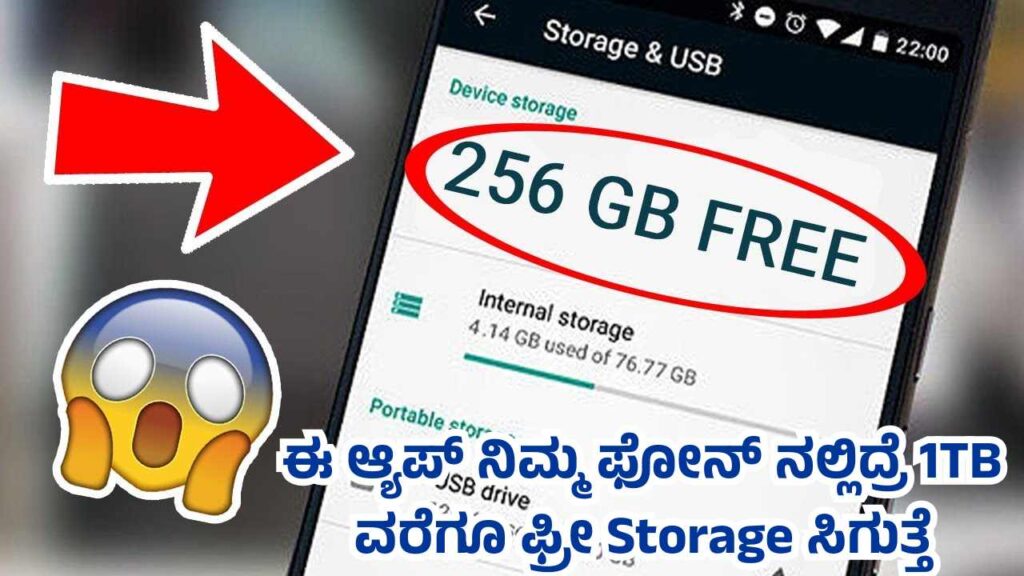Mobile devices are becoming increasingly central to our digital lives, serving as hubs for photos, videos, apps, and other data. With the growing demand for storage, having 1TB of storage on a mobile device can be a game-changer. Here’s a detailed explanation of how to achieve this:

1. Invest in a High-Storage Smartphone
The simplest way to get 1TB of storage is to purchase a smartphone that offers this capacity. Many flagship models now provide up to 1TB of internal storage, such as:
- Apple iPhones (e.g., iPhone 14 Pro Max with 1TB)
- Samsung Galaxy Ultra Series (e.g., Galaxy S23 Ultra with 1TB)
- Gaming Phones (e.g., Asus ROG Phone 6 Pro)
These devices are expensive but are worth considering if you need seamless access to large storage without additional accessories.
2. Use Expandable Storage Options
If your smartphone supports expandable storage, adding a microSD card is a cost-effective way to reach 1TB:
- Choose a 1TB microSD Card: Brands like SanDisk, Samsung, and Lexar offer reliable options.
- Check Compatibility: Ensure your device supports microSD cards up to 1TB. Many Android phones, especially from brands like Samsung and Xiaomi, include this feature.
To use:
- Insert the microSD card into the designated slot.
- Format it as portable or internal storage based on your needs.
- Manage files using the file manager or settings.
3. Utilize External Storage Devices
If your phone lacks expandable storage or you want additional options, external storage devices can provide up to 1TB (or more):
- External SSDs: Compact SSDs like the Samsung T7 or SanDisk Extreme Portable SSD can connect via USB-C or adapters.
- USB Flash Drives: Look for USB-C flash drives with up to 1TB capacity, such as those by Kingston or Corsair.
Steps:
- Connect the device to your phone using USB-C or OTG (On-The-Go) adapters.
- Transfer files using a file manager app.
- Unmount the drive safely when finished.
4. Leverage Cloud Storage Services
Cloud storage allows you to virtually extend your phone’s capacity, often providing over 1TB of accessible space:
- Google One: Offers 2TB plans and higher.
- Dropbox: Professional plans include 3TB storage.
- Microsoft OneDrive: Comes with Office 365 subscriptions and supports up to 6TB for family plans.
- Apple iCloud: Ideal for iPhone users with plans up to 2TB.
Steps to integrate:
- Install the cloud app and log in.
- Subscribe to a storage plan.
- Upload files to the cloud and delete local copies to free up internal storage.
5. Adopt Network-Attached Storage (NAS)
A NAS system connects to your home network, acting as a personal cloud with massive storage capabilities:
- Examples: Synology DiskStation or Western Digital My Cloud.
- Benefits: Access your data remotely without recurring subscription costs.
Steps:
- Set up the NAS on your Wi-Fi network.
- Install the companion app on your phone.
- Upload and access files on demand.
6. Use File Compression Techniques
If buying new hardware or subscriptions is not an option, you can optimize existing storage by compressing files:
- Apps like WinZip, RAR, or built-in file managers can reduce file sizes.
- Compress large videos and images to save space.
7. Offload Data to a Computer or Other Device
Periodically transferring data to a PC or another storage device ensures that your phone’s internal storage remains free for immediate needs:
- Use cables or wireless transfer apps like AirDroid or Send Anywhere.
- Store older files (e.g., archived photos, documents) on your PC or an external hard drive.
8. Choose a Hybrid Approach
Combining multiple methods can maximize flexibility:
- Use cloud storage for files you access frequently.
- Store backups or less-used files on external drives.
- Leverage a 1TB microSD card for apps, photos, and videos.
Pros and Cons of Each Method
| Method | Advantages | Disadvantages |
|---|---|---|
| High-Storage Smartphone | Built-in and seamless integration | High cost |
| Expandable Storage (microSD) | Affordable and widely available | Not supported by all devices |
| External Storage Devices | Portable and easy to use | Requires additional accessories |
| Cloud Storage | Unlimited scalability | Recurring subscription costs |
| NAS | Personal and secure cloud | High setup cost and requires maintenance |
| File Compression | No cost | Time-consuming for large files |
| Offloading Data | Frees up local space entirely | Requires regular maintenance |
Tips for Managing Storage Efficiently
- Organize Your Data: Regularly clean up unused files, apps, and media.
- Backup Periodically: Use cloud or external drives to secure your data.
- Optimize Media: Use apps like Google Photos or Snapseed to compress images without losing quality.
- Monitor Storage Usage: Check your phone’s storage settings to identify and remove redundant data.
Conclusion
Achieving 1TB storage on your mobile device is not only possible but also flexible, thanks to modern technology. Whether you invest in a high-storage smartphone, use expandable or external storage, or rely on cloud services, you can tailor the solution to your needs and budget. By adopting smart storage practices, you can keep your device organized and efficient for years to come.
